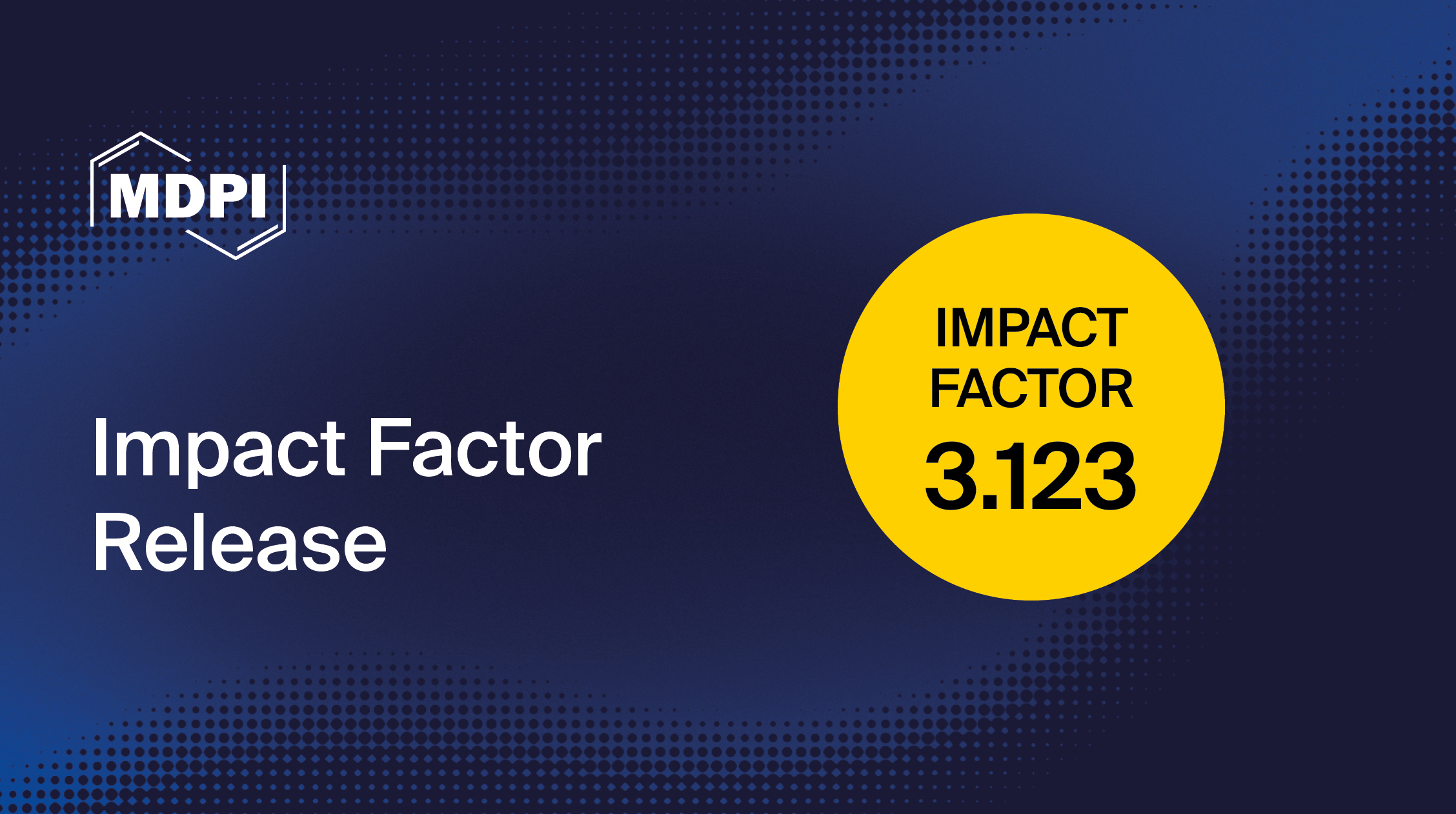
The 2021 Impact Factors of MDPI Journals
The MDPI 2021 Impact Factors (IFs) were released on 28th June.
The IFs are released every year and are produced by Clarivate as part of their annual journal ranking list, called Journal Citation Reports. An IF indicates the average number of citations per paper within a journal, from the past two years (according to data indexed within Web of Science).
These rankings are important to researchers, as the more citations a journal has, the greater its visibility across the academic community—and beyond. Clearly, this makes a difference when deciding which journal to submit to. Everyone wants their work to have the greatest impact possible.
With this latest release, many of MDPI’s journals have now been given their very first Impact Factors. This year, 13 new journals joined the 85 other journals already ranked by Clarivate.
An outstanding 98 MDPI journals now have Impact Factors. This marks a promising overall increase. The full list of MDPI 2021 Impact Factors can be found on MDPI.com.
Additionally, the overall Impact Factor scores for MDPI have increased this year. The average IF of all MDPI journals increased to around 4.058, with the highest IF increasing to 7.675.
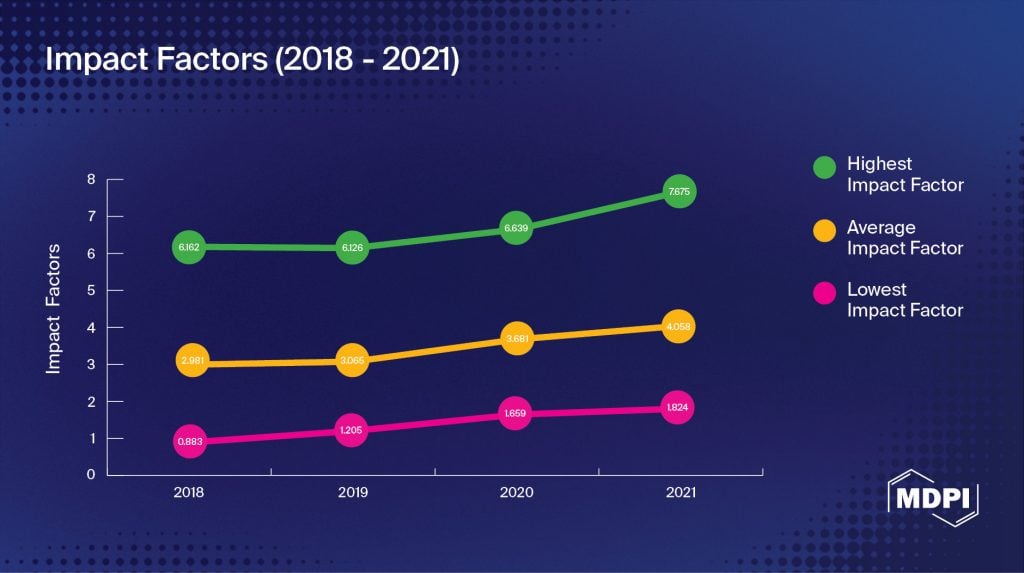 Top Ranking MDPI Journals
Top Ranking MDPI Journals
- Antioxidants
Antioxidants leads the way with an excellent Impact Factor of 7.675. This is an increase from 6.313 last year—a growth of 21.6%. Antioxidants focuses on oxidative stress and antioxidant defense systems.
The journal is affiliated with the Israel Society for Oxygen and Free Radical Research. MDPI regularly collaborates with societies to publish their work in journals. - Cells
Cells follows closely behind with an Impact Factor of 7.666. It publishes work on a variety of cellular topics, including cell anatomy and physiology. - Nutrients
Nutrients also has a fantastic Impact Factor of 6.706. First published in 2009, it covers nutrients’ effect on the human body. - Cancers
The top IF journal last year, Cancers has remained consistently well-cited this year, with an Impact Factor of 6.575. The research in this journal is making real progress towards changing clinical practice. For example, one recent publication in Cancers finds that cancer is not as genetic as once thought. - Pharmaceutics
Lastly, Pharmaceutics received an impressive Impact Factor of 6.525. This high-quality journal publishes papers within the scope of the science and technology of pharmaceutics and biopharmaceutics.
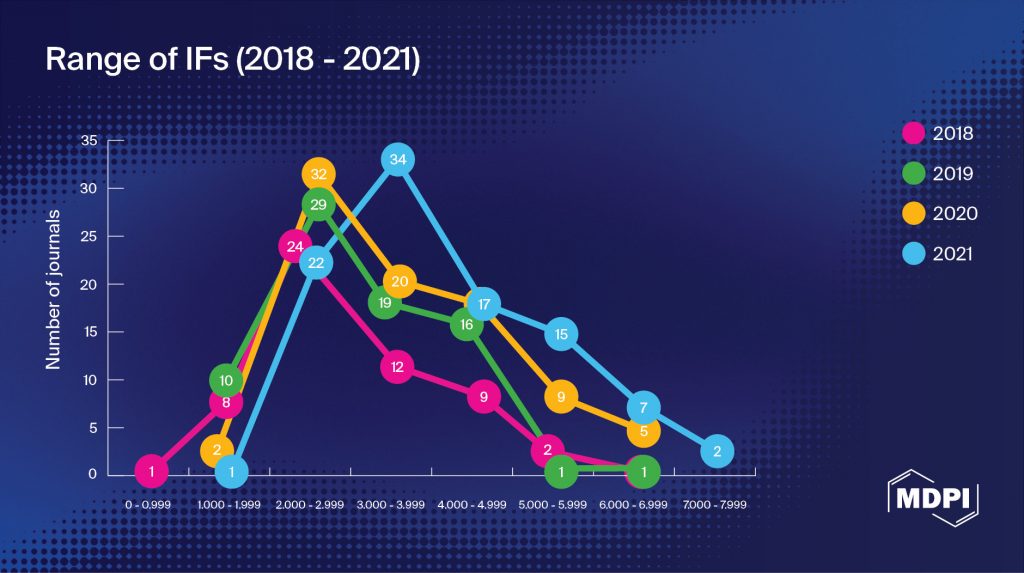
What Does This Mean for MDPI Journals?
MDPI journals continue to strive for excellence in research dissemination and recognition.
Increasing the Impact Factors of MDPI journals means increasing the impact and readership of authors’ research. Therefore, we are constantly striving to improve the Impact Factors year on year. This helps us increase manuscript visibility for both past and current authors.
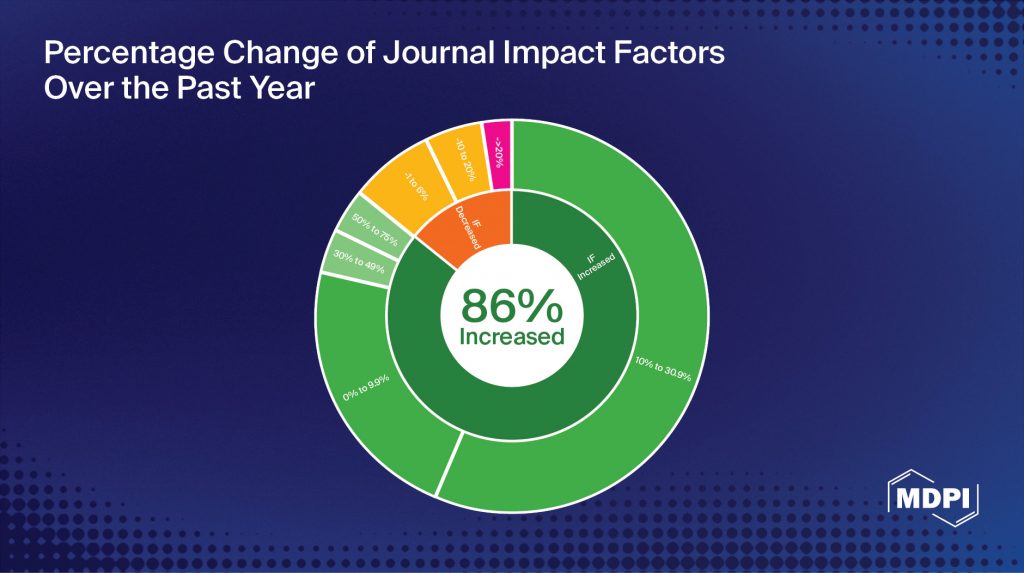 However, increasing the Impact Factor is only part of this journey. Improvement is also based on author feedback, a focus on increasing authorship, and a culture of continuous improvement across journals.
However, increasing the Impact Factor is only part of this journey. Improvement is also based on author feedback, a focus on increasing authorship, and a culture of continuous improvement across journals.
How to Submit Research to MDPI’s High-Impact Journals
With 98 MDPI journals now given a prestigious Impact Factor, it’s the ideal time to make the most of this visibility.
Information about the Impact Factors of MDPI journals can be found easily online. Each journal lists its Impact Factor on its journal homepage, and within the “Journal Statistics” menu.
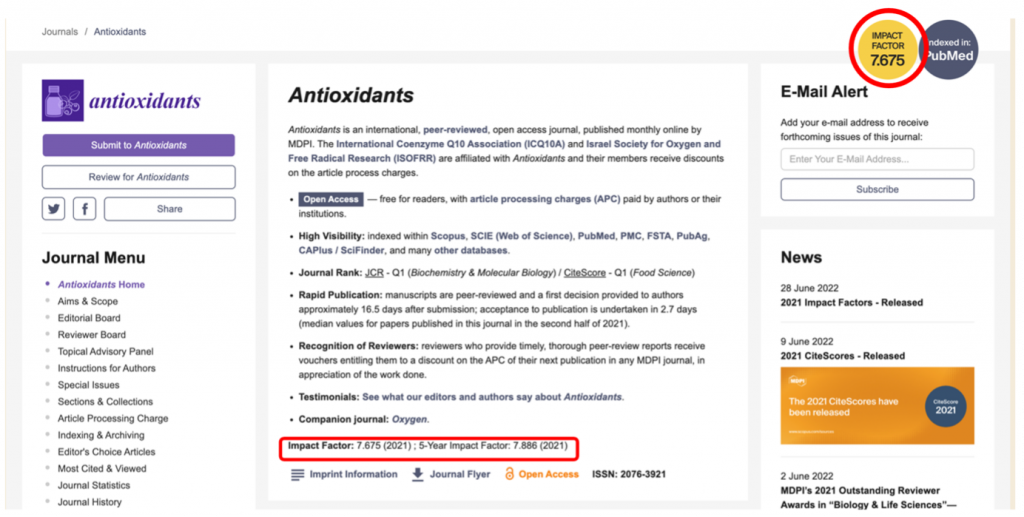 The Impact Factor of Antioxidants, as shown on the journal webpage.
The Impact Factor of Antioxidants, as shown on the journal webpage.
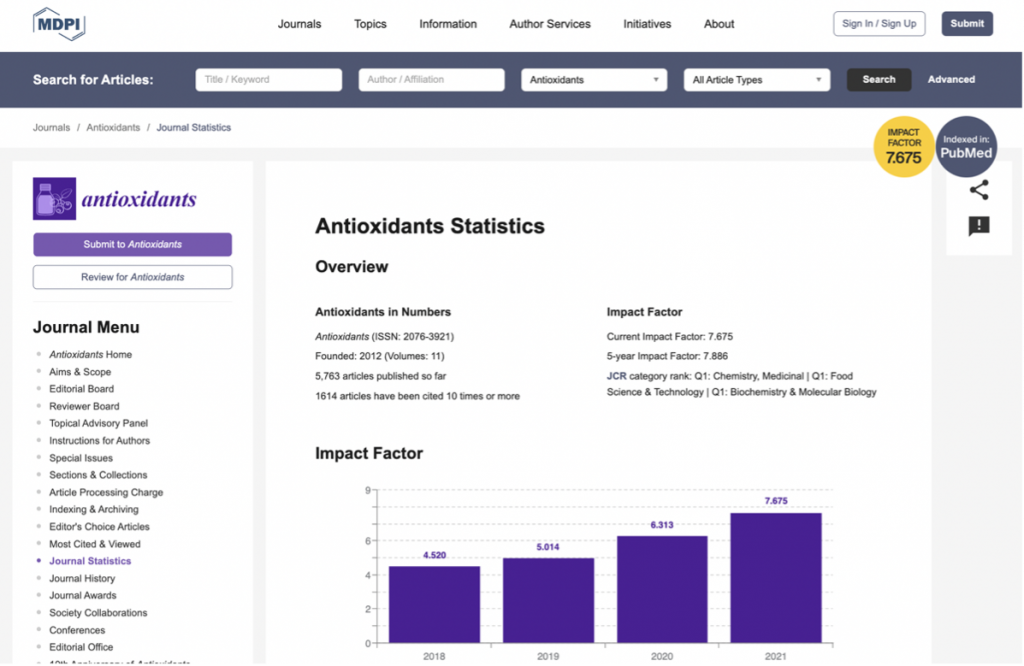 The Journal Statistics page for Antioxidants, which shows an overview of the journal’s statistics.
The Journal Statistics page for Antioxidants, which shows an overview of the journal’s statistics.
You can also find a full updated list of the MDPI journals with Impact Factors on the official announcement page.
Once you have found the journal you wish to submit to, you can use the Submit button on the journal’s webpage to begin the manuscript submission process.
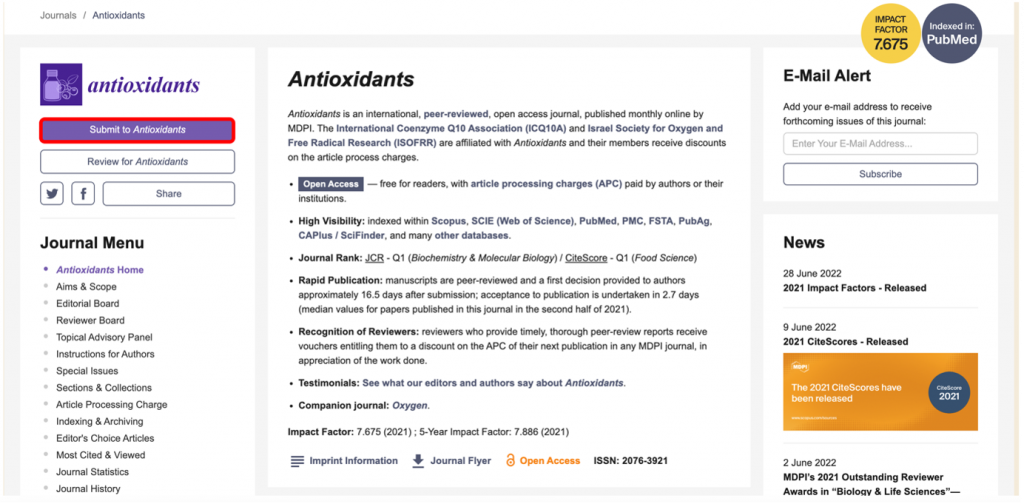 The Submit button on the Antioxidants webpage.
The Submit button on the Antioxidants webpage.



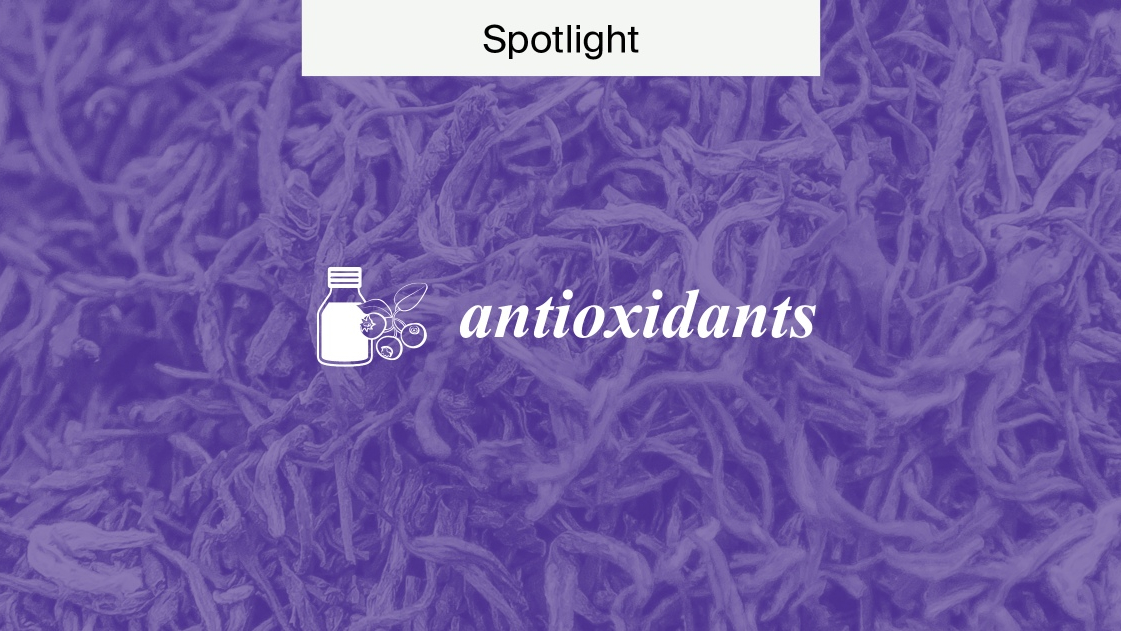



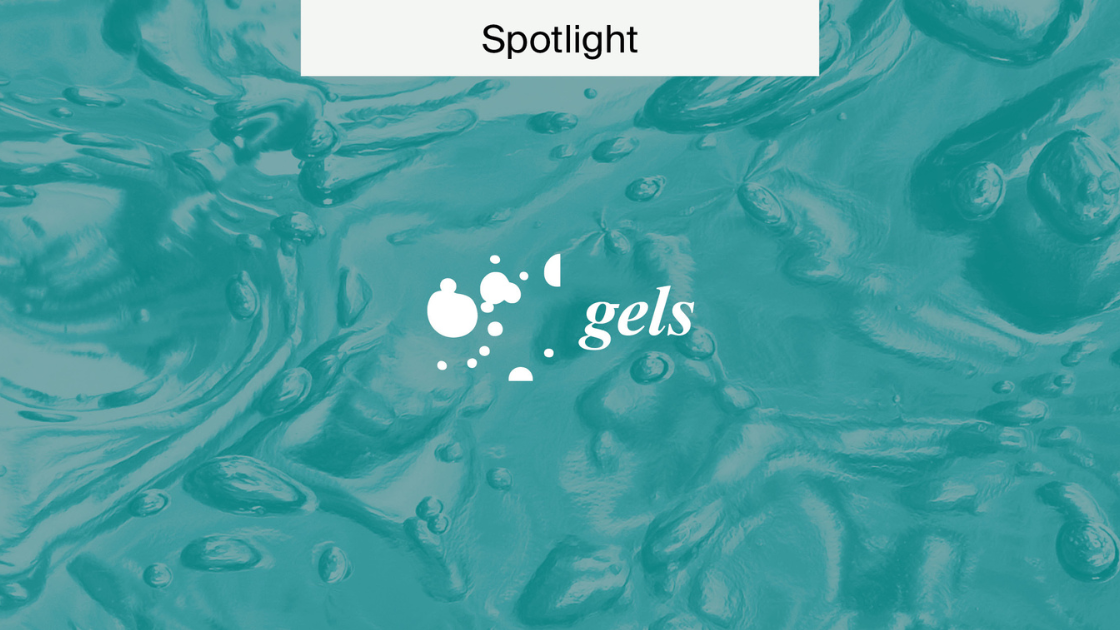



Dear Editor
What is the impact factor for MDPI COVID journal
Hi,
The journal was indexed in Emerging Sources Citation Index (ESCI) this year. After being indexed, it usually requires 3 years to receive an Impact Factor. The journal will likely receive one in 2027.
All the best.
Dear Editor
I recently received invitation to submit a paper in Foundations journal. What is the impact factor of this journal?
Hello Nikolaos,
Foundations is a new journal and as such does not yet have an impact factor. Information about the journal can be found on the journal’s page: https://www.mdpi.com/journal/Foundations. Hope this helps.
Dear MDPI
I recently get acceptance to publish my article in MDPI future internet (IoT special issue). I wonder what is the impact factor of this journal?
Thanks
Khalid
Hi Khalid, thanks for the comment.
You can find information about the databases and archives that cover Future Internet, on its dedicated indexing page.
Dear Editor
I recently received invitation to submit a paper in Receptor journal. What is the impact factor of this journal?
Hello,
Receptors was launched in 2022 and has not yet received an impact factor.
What journals publish papers in neuroscience? Thanks.
Hi Ruixiang, thanks for the comment.
Several MDPI journals cover neuroscience. NeuroSci, Brain Sciences, Clinical and Translational Neuroscience, and Neurology International publish neuroscience papers.
There are also neuroscience-targeted sections in journals. The sections ‘Neuroscience‘ in Biology, ‘Clinical Neurology‘ in JCM, and ‘Applied Neuroscience and Neural Engineering‘ in Applied Sciences, to name a few.
I wants to know about plant journals and biological journal .And much mdpi wil offer discount
Hi Sabahat, thanks for the comment.
The MDPI journals Plants and Biology are both ranked in Q1 of their respective fields (JCR).
You can click the links above to get a better idea of the scopes of the journals. Find out more about any potential discounts by contacting the Plants and/or Biology Editorial Office.
Is it any chance to publish free of APC in any journal of MDPI? If so please let me know.
Hi Dr. Gondal, thanks for the comment.
MDPI is part of the Institutional Open Access Program (IOAP). If your institution is also in the program, you can receive a discount on the APC.
You can also receive a discount on the APC if you become an MDPI reviewer.
Find out more on our APC FAQ page.
Dear Editor,
I wanted to know more about Microbiology Research Journal. I couldn’t find it still on Scopus. I intended to publish a paper in this journal but its way expensive. I am from a developing county (Egypt) and I pay it from my own money so I cant afford paying 1400 swiss francs. If i could have a waiver?
Hi Dr Rezk, thank you for the comment.
Please reach out to the Microbiology Research Editorial Office. They can advise you on this matter.